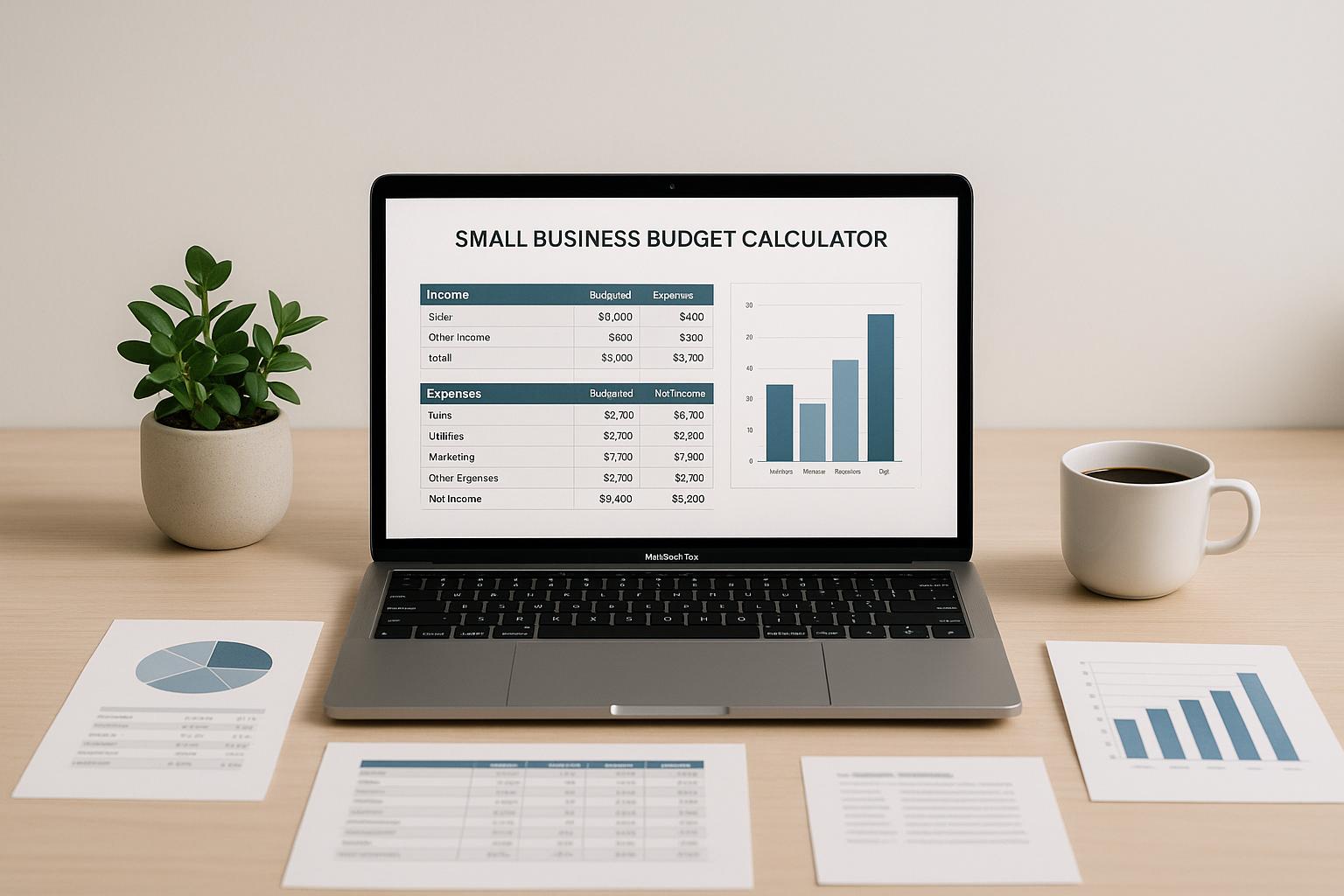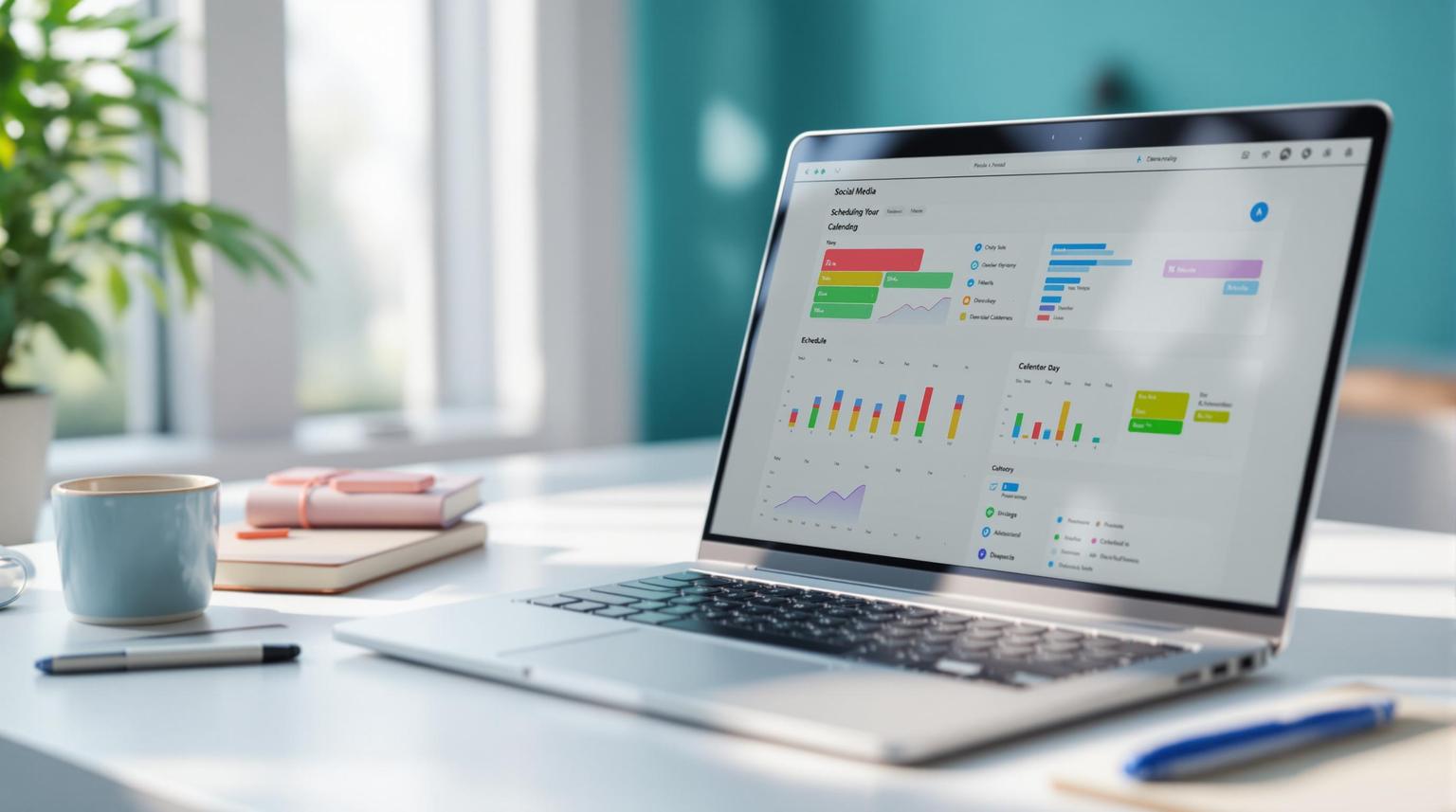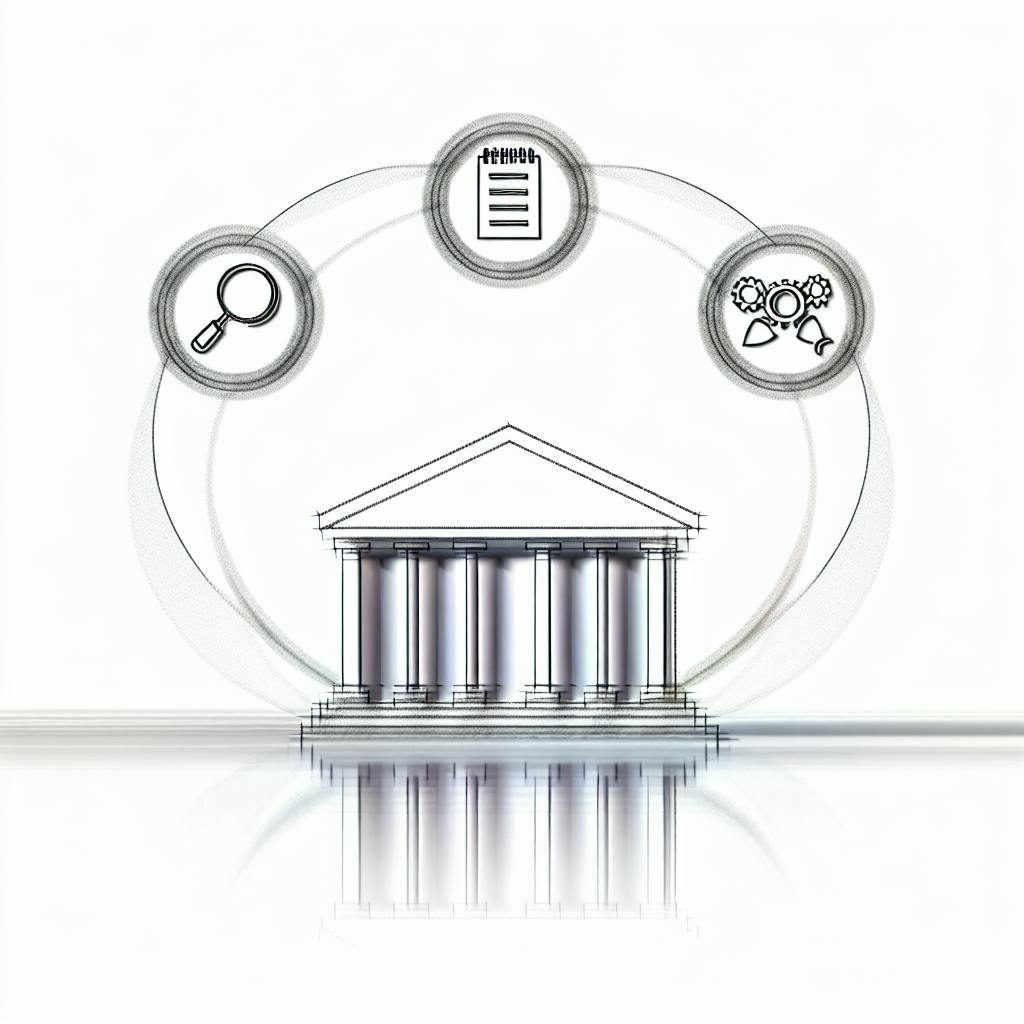Protecting sensitive customer data in your CRM system is crucial to avoid data breaches, financial losses, legal liabilities, and reputational damage. Here are the top 5 best practices to secure your CRM data:
-
Implement Strict Access Controls
- Define clear access policies for different user roles
- Establish security protocols and training programs
- Automate role-based permissions for efficient access management
-
Regularly Back Up Data
- Keep backups in multiple locations for safety
- Test backups regularly to ensure proper restoration
- Automate backup schedules to prevent human error
-
Encrypt Sensitive Data
-
Regularly Update Software and Systems
- Apply security patches and bug fixes promptly
- Automate updates for seamless protection
- Test updates before deploying to production
-
Implement Data Retention Policies
- Categorize data types and set retention periods
- Automate data deletion or archiving processes
- Securely dispose of data at the end of its retention period
- Train employees and enforce policy compliance
By following these best practices, businesses can significantly improve CRM data security, protect customer trust, and ensure compliance with data privacy regulations.
1. Implement Strict Access Controls
To protect your CRM data, it's essential to control who can access it and under what circumstances. This involves setting rules that dictate access levels for different user roles within your organization.
Understand Access Control Requirements
Identify the different user roles in your organization and determine the level of access each role requires. This will help you define clear access control policies that align with your business needs.
Establish Security Protocols
Develop protocols that outline how employees should access the CRM system, manage security, and respond to incidents. This includes:
- Clear roles and responsibilities
- Training programs
- Manual authorization requirements
Automate Access Controls
Consider automating role-based permissions to establish a more robust access control system. This way, you can grant or revoke access quickly and accurately, without sacrificing security.
By implementing strict access controls, you can significantly reduce the risk of unauthorized access and protect your customer data from potential threats. In the next section, we will explore the importance of regularly backing up your CRM data.
2. Regularly Backup Data
Regular backups of your CRM data are crucial to prevent data loss and ensure business continuity in case of unexpected system crashes, hardware failures, or cyberattacks. Here are some best practices to follow:
Backup Locations and Testing
| Backup Location | Description |
|---|---|
| Multiple locations | Keep backups in multiple locations to ensure data safety in case of natural disasters or other crises. |
| Regular testing | Test backups regularly to confirm they are saved correctly and can be restored properly. |
Scheduling Backups
Set up automated backups to prevent human error and ensure your CRM data is backed up regularly. You can use tools like cron jobs or third-party backup software to automate and manage your backup schedules.
By following these best practices, you can ensure your CRM data is safe and secure, and you can quickly recover in case of a disaster. In the next section, we will explore the importance of encrypting sensitive data.
3. Encrypt Sensitive Data
Encrypting sensitive data is a crucial step in protecting your CRM system from unauthorized access and data breaches. Encryption ensures that even if a hacker gains access to your system, they cannot read or exploit the encrypted data.
Why Encryption Matters
Encryption is essential for safeguarding sensitive customer information, such as credit card numbers, social security numbers, and other personal data. By encrypting this data, you can prevent identity theft, financial fraud, and reputational damage to your business.
Types of Encryption
There are two primary types of encryption:
| Type | Description |
|---|---|
| Symmetric Encryption | Uses the same key for encryption and decryption. Fast and efficient. |
| Asymmetric Encryption | Uses a pair of keys: one for encryption and another for decryption. More secure. |
Best Practices for Encryption
To ensure effective encryption, follow these best practices:
- Use strong encryption algorithms, such as AES (Advanced Encryption Standard).
- Encrypt data both in transit (e.g., during transmission) and at rest (e.g., when stored).
- Use secure protocols, such as HTTPS and SSL/TLS, for data transmission.
- Implement key management and rotation policies to minimize the risk of key compromise.
By encrypting sensitive data, you can significantly reduce the risk of data breaches and protect your customers' trust. In the next section, we will explore the importance of regularly updating software and systems to prevent vulnerabilities.
sbb-itb-d1a6c90
4. Regularly Update Software and Systems
Regular software and system updates are crucial for maintaining a secure CRM data security framework. These updates typically include security patches, bug fixes, and new features that improve the overall security and functionality of the software. Using outdated software and systems can be a significant security risk, as hackers may exploit known vulnerabilities to gain unauthorized access to sensitive data.
Why Regular Updates Matter
Regular updates ensure your CRM system is protected against newly discovered vulnerabilities and emerging threats. By keeping your software and systems up-to-date, you can:
- Prevent data breaches: Updates patch security vulnerabilities, reducing the risk of data breaches and unauthorized access.
- Improve system performance: Updates often include performance enhancements, ensuring your CRM system runs smoothly and efficiently.
- Stay compliant: Regular updates help you maintain compliance with industry regulations and standards, avoiding potential legal and financial penalties.
Best Practices for Regular Updates
To ensure effective regular updates, follow these best practices:
| Best Practice | Description |
|---|---|
| Automate updates | Configure your system to automatically apply updates, ensuring you stay protected without manual intervention. |
| Test updates | Thoroughly test updates before deploying them to your production environment to minimize potential disruptions. |
| Monitor for updates | Regularly check for updates and apply them promptly to prevent security vulnerabilities. |
By regularly updating your software and systems, you can significantly reduce the risk of data breaches and protect your customers' trust. In the next section, we will explore the importance of implementing data retention policies to ensure responsible data management.
5. Implement Data Retention Policies
Implementing a data retention policy is crucial for maintaining a secure and compliant CRM system. This policy outlines guidelines for how long various types of data should be stored, when it should be archived or deleted, and how to handle data disposal securely.
Benefits of a Data Retention Policy
| Benefit | Description |
|---|---|
| Compliance | Ensures adherence to data privacy laws and industry regulations. |
| Risk Reduction | Minimizes the risk of data breaches by limiting the amount of sensitive data stored. |
| Improved Performance | Removes outdated or redundant data, enhancing system performance and optimizing storage utilization. |
| Cost Savings | Reduces storage costs by eliminating the need to maintain and secure unnecessary data indefinitely. |
Developing a Data Retention Policy
When developing a data retention policy, consider the following best practices:
1. Identify Data Types and Retention Periods
Categorize the various types of data stored in your CRM system and determine appropriate retention periods based on legal requirements, business needs, and customer preferences.
2. Automate Data Deletion Processes
Implement automated processes to identify and securely delete or archive data that has reached the end of its retention period.
3. Regularly Review and Update the Policy
Periodically review and update your data retention policy to reflect changes in legal requirements, business objectives, or industry best practices.
4. Train Employees and Enforce Compliance
Educate employees on the importance of data retention policies and ensure consistent adherence across all departments and teams.
5. Securely Dispose of Data
When data reaches the end of its retention period, ensure it is securely deleted or archived using industry-standard data destruction methods.
By implementing a comprehensive data retention policy, you can maintain a secure and compliant CRM system while minimizing the risks associated with storing unnecessary data.
Conclusion
By following these five CRM data security best practices, small businesses can significantly improve their data security, protect sensitive customer information, and maintain customer trust.
Why CRM Data Security Matters
In today's digital landscape, CRM systems are a vital part of business operations, storing valuable customer data that must be protected from unauthorized access, cyber threats, and system failures.
Key Takeaways
To ensure CRM data security, remember:
- Implement strict access controls to limit who can access customer data.
- Regularly back up your CRM data to prevent data loss.
- Encrypt sensitive data to protect it from unauthorized access.
- Regularly update your software and systems to prevent vulnerabilities.
- Implement a data retention policy to ensure responsible data management.
By prioritizing CRM data security, businesses can minimize the risk of data breaches, protect their reputation, and ensure long-term customer relationships.
Remember, CRM data security is an ongoing process that requires continuous monitoring, evaluation, and improvement. Stay informed about the latest security threats and best practices to protect your customers' sensitive information.


